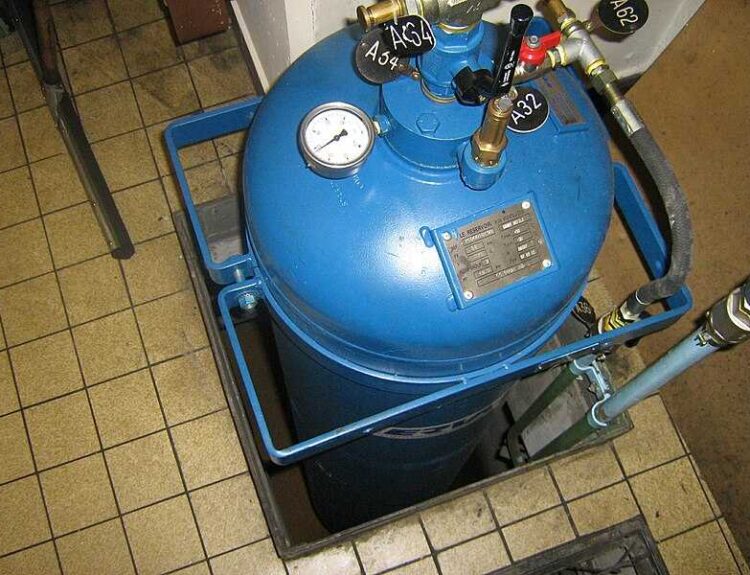Using orbiting solar reflectors to meet clean energy demand during peak hours
- Reflectors in space could extend the hours of electricity generation for solar farms on Earth
- Reflectors would angle themselves to illuminate solar farms during evening and early morning hours
- This concept, called “orbiting solar reflectors”, could help meet the demand for clean energy during peak hours
- Reflectors would be large, thin, and ultralightweight structures built in space by robotic spacecraft
- Each pass of a reflector would extend energy generation by about 15 to 20 minutes
- Reflectors would be high enough to service multiple solar farms and could inform the location of new solar farms in sunny regions
- Costs of launching reflectors into space are decreasing, making this technology more viable
- Reflectors would have a minimal impact on ground-based astronomical observations and the natural environment
- When no longer needed, reflectors could be safely disposed of in higher or lower orbits
Reflectors in space could revolutionize solar farms on Earth by extending their hours of electricity generation. These reflectors, known as "orbiting solar reflectors", would angle themselves to illuminate solar farms during evening and early morning hours when direct sunlight is not available. This concept, first envisioned by rocket scientist Hermann Oberth in 1929, is now becoming more achievable with advancements in robotic spacecraft technology. Each pass of a reflector would extend energy generation by about 15 to 20 minutes, helping to meet the demand for clean energy during peak hours. Reflectors would be large, thin, and ultralightweight structures built in space and launched by modern rockets. They would have a minimal impact on ground-based astronomical observations and the natural environment. Additionally, reflectors could inform the location of new solar farms in sunny regions. As the costs of launching reflectors into space decrease, this technology is becoming more viable. When no longer needed, reflectors could be safely disposed of in higher or lower orbits. Reflectors in space offer a promising solution to extend the capabilities of solar farms and accelerate the transition towards clean energy.
Public Companies: SpaceX (N/A)
Private Companies:
Key People: Onur Çelik (postdoctoral research associate in space technology at the University of Glasgow), Hermann Oberth (pioneering rocket scientist)
Factuality Level: 7
Justification: The article provides information about the concept of orbiting solar reflectors and their potential benefits. It references historical context and recent research to support the feasibility of the technology. However, there are no specific sources cited for the claims made in the article, and some statements are presented as possibilities rather than established facts.
Noise Level: 7
Justification: The article provides a detailed analysis of the concept of orbiting solar reflectors and their potential benefits for solar power generation. It discusses the historical background, current technologies, and future possibilities. The article also addresses potential concerns and limitations. However, it lacks specific evidence or data to support its claims and relies heavily on the author’s opinions and speculations. Overall, while the article presents an interesting idea, it could benefit from more scientific rigor and concrete examples.
Financial Relevance: No
Financial Markets Impacted: No
Presence of Extreme Event: No
Nature of Extreme Event: No
Impact Rating of the Extreme Event: No
Justification: The article does not pertain to financial topics and does not describe any extreme events.
 www.space.com
www.space.com 





